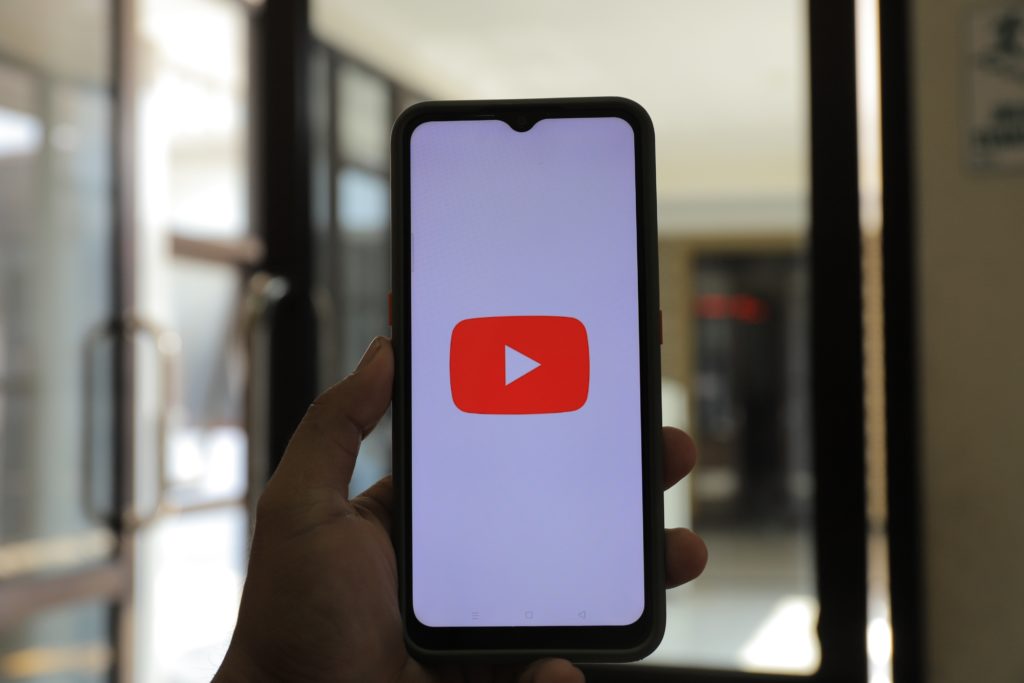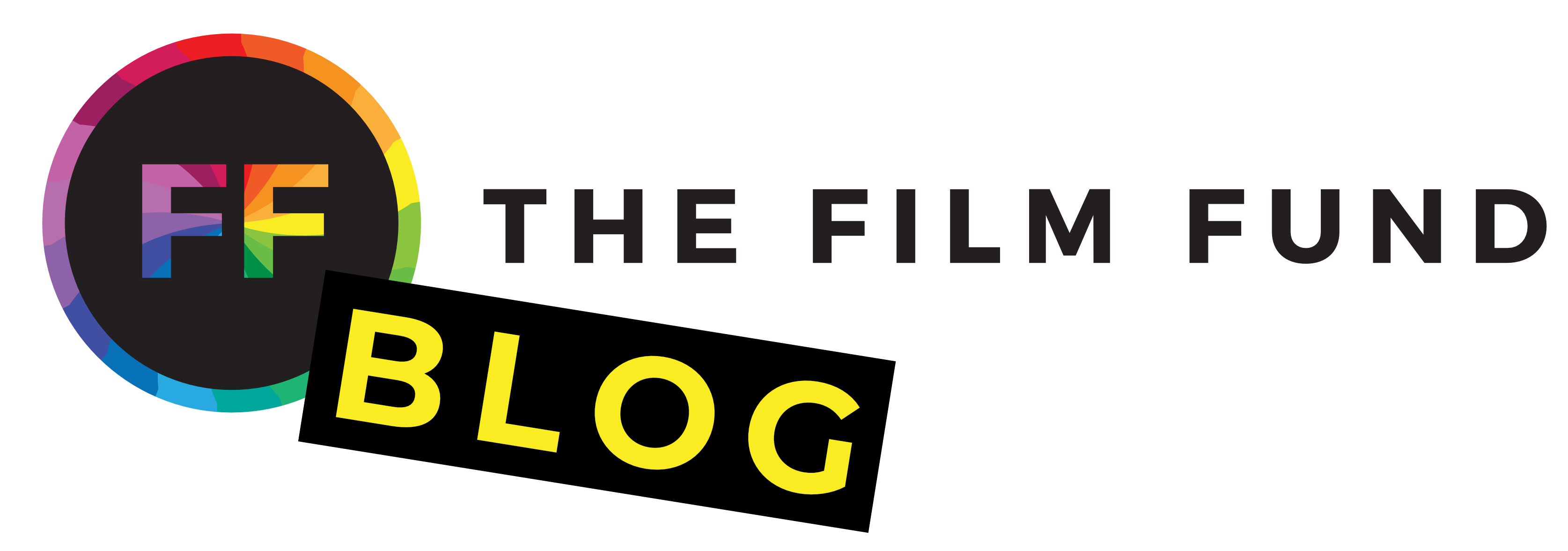YouTube is the most popular video platform on the internet. With over 14 billion people visiting the site every month, it’s no surprise that it’s a tempting option for content creators and artists to post their short films. However, YouTube isn’t the only option out there, and it may not be the best choice for your short film endeavors. In this blog post, we’ll explore the advantages and disadvantages of posting your short film to YouTube and consider an alternative option, Vimeo.

Advantages of YouTube
- Exposure: One of the biggest advantages of YouTube is the potential exposure your short film can gain from its platform. With so many people visiting the site, your film has a good chance of pulling in a high number of views, especially if it’s a quality film that’s engaging. This can be particularly important when you’re first starting out in the filmmaking business.
- Easy to use: Another thing that YouTube has in its favor is that it’s easy to use. You don’t need much to get your short film posted. All you need is a solid internet connection to upload your content, regardless of resolution (YouTube supports 4k and 8k).
- Monetization: Monetization is another advantage of YouTube. It’s fairly easy to generate income from the platform, so long as your content is engaging. While exposure and income are two different things, it’s always good to gain both at the same time. YouTube’s premium subscription service is the ultimate goal for a filmmaker, with ads coming once the foundations are fully built.
Disadvantages of YouTube
- Competition: One of the biggest disadvantages of YouTube is the competition. With so many people posting videos, it’s easy for your short film to get lost in a sea of content. This poses a problem with gaining the amount of exposure you’re looking for and reduces your odds of monetization.
- Ads: Another disadvantage of YouTube is the ads. Not everyone that watches your film will be a premium subscriber, and YouTube is nothing if not vicious about their application of ads. Some ads are over a minute long with no option to skip, which can deter viewers from watching your film. Additionally, ads can be placed at the very start of the film, which can discourage viewers from watching the whole thing.
- Content ID system: YouTube’s existing content ID system doesn’t always work the way it should, sometimes flagging copyrighted content that you have permission to use. This can lead to delays in monetizing your content and lost revenue.
- Demonetization: YouTube can demonetize your content at any time and for any reason. While YouTube might make concessions here and there to certain content, you may have to go through days of back and forth before your work is back on track and monetized, losing a lot of revenue in the interim.

The Other Option Besides YouTube
Vimeo is the number one option outside of YouTube for posting your short film. It’s a video sharing platform that’s similar to YouTube but with a more curated selection of content. Vimeo has a lot of good things going for it in terms of filmmaking. Here are some of the advantages of using Vimeo over YouTube:
- Less competition: Vimeo has less competition than YouTube, which means that your short film has a better chance of standing out.
- Higher quality content: Vimeo has a more curated selection of content, which means that the overall quality of the videos on the platform is higher than on YouTube.
- Monetization: Vimeo offers different monetization options for filmmakers, including the ability to charge for rentals or purchases of your short film, as well as the option to enable tips and donations. This can provide a more stable source of income compared to YouTube’s ad-based monetization.
- Creative freedom: Vimeo allows for more creative freedom than YouTube, with less strict guidelines and a more supportive community of filmmakers. This can provide a better environment for your short film to thrive in.
- Better analytics: Vimeo provides more detailed analytics for your short film, including information on engagement, audience demographics, and viewer retention. This can help you understand how your short film is performing and make data-driven decisions for future projects.

Wrapping Up
In conclusion, whether or not you should post your short film on YouTube depends on your goals and the nature of your short film. YouTube can be a great platform for gaining exposure and monetizing your content, but the competition and ads can be a disadvantage. Vimeo is a good alternative that offers less competition, higher quality content, and more monetization options.
If you’re looking for more information on promoting your short film on YouTube, check out this Guide to How to Promote Short Film on YouTube from PromoPanda. What also might be useful when posting your film to YouTube is having an attention-getting thumbnail image, so check out our recommendation for the best YouTube thumbnail maker. Additionally, as we mentioned in another blog, it’s important to consider the complexity of posting your film online.
Fund your next project
Funding is a crucial aspect of making a film. If you’re looking for an opportunity to get funding for your short film, check out our film funding competition. This is a great opportunity for aspiring filmmakers to take the next step in their careers and bring their vision to life.
So, take the time to weigh your options and make the best decision for your short film. Whether it’s posting to YouTube or Vimeo or applying to our film funding competition, we wish you all the best in your short film endeavors.





2 Responses
[…] Some films are even posted on platforms like YouTube – although it might not always be a great idea. […]
[…] you would like to learn more specifically regarding YouTube, check out our blog all about its efficacy regarding the sharing of your […]